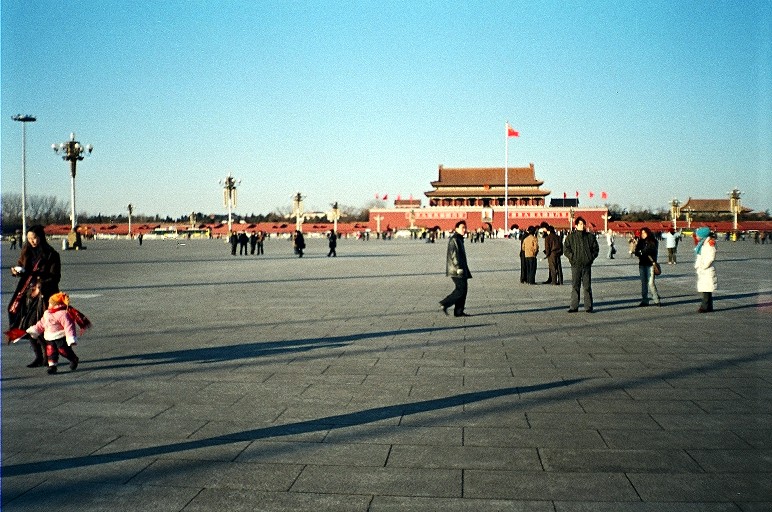Tiananmen Square, located in the heart of Beijing, China, is one of the largest public squares in the world and serves as a symbol of the nation’s political, cultural, and historical significance. Covering an area of over 100 acres, the square has been the site of many pivotal events in China’s history and continues to be a focal point for national celebrations, ceremonies, and gatherings.
The origins of Tiananmen Square date back to the Ming Dynasty (1368-1644 AD) when it served as a parade ground and assembly area outside the Forbidden City, the imperial palace complex. However, it wasn’t until the 20th century that Tiananmen Square took on its current form and significance. In 1949, following the establishment of the People’s Republic of China, the square underwent extensive renovation and became a symbol of the new communist government’s power and authority.
At the center of Tiananmen Square stands the Monument to the People’s Heroes, a massive obelisk built to commemorate the revolutionary martyrs who sacrificed their lives for the liberation of China. Surrounding the monument are expansive open spaces and paved pathways, flanked by rows of flagpoles, gardens, and ornamental features. To the north of the square lies the imposing Tiananmen Gate, or “Gate of Heavenly Peace,” which serves as the main entrance to the Forbidden City.
Tiananmen Square has been the site of many historic events and political demonstrations throughout China’s modern history. In 1949, Chairman Mao Zedong proclaimed the founding of the People’s Republic of China from atop Tiananmen Gate, marking the end of centuries of imperial rule and the beginning of a new era for the nation. Since then, the square has been the venue for numerous state ceremonies, military parades, and public rallies, including the annual National Day celebrations on October 1st.
One of the most significant events in Tiananmen Square’s history occurred in 1989 when pro-democracy protesters gathered in the square to demand political reforms and greater freedoms from the government. The demonstrations, which lasted for several weeks, drew international attention and culminated in a violent crackdown by Chinese authorities on June 4th, resulting in the loss of hundreds, if not thousands, of lives. The events of Tiananmen Square protests remain a sensitive topic in China and are heavily censored by the government.
Despite its tumultuous past, Tiananmen Square remains a popular destination for tourists and visitors from around the world. Millions of people flock to the square each year to marvel at its grandeur, soak in its historical significance, and pay their respects at the Monument to the People’s Heroes. The square also serves as a gathering place for locals, who come to fly kites, take leisurely strolls, and enjoy the open spaces amidst the bustling cityscape.
In recent years, Tiananmen Square has undergone further renovations and modernization efforts, including the addition of underground facilities, pedestrian underpasses, and enhanced security measures. These improvements aim to enhance the square’s functionality as a public space while preserving its cultural heritage and historical significance for future generations.
In conclusion, Tiananmen Square stands as a symbol of China’s past, present, and future. From its origins as an imperial parade ground to its role as a symbol of communist power and national identity, the square embodies the aspirations, struggles, and resilience of the Chinese people throughout history. Whether viewed as a political icon, a cultural landmark, or a public gathering space, Tiananmen Square remains an enduring symbol of China’s unity, strength, and spirit.

